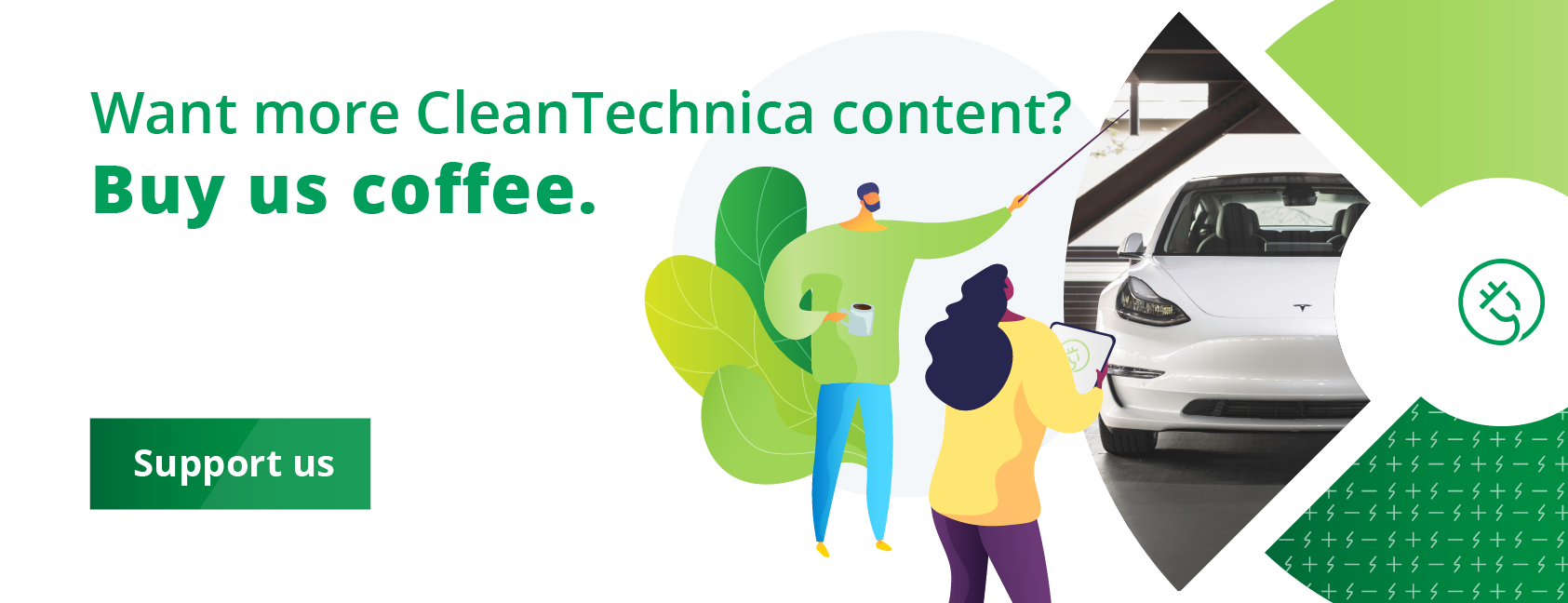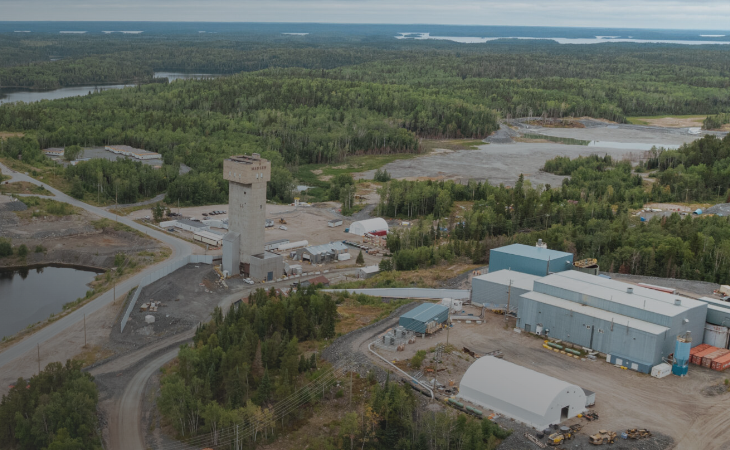
In last year’s elections in Kenya, electric mobility, utility-scale battery storage, energy efficiency, and green hydrogen featured prominently in election manifestos. The elections were held on the 9th of August 2022. Since then, President William Ruto’s government has reaffirmed Kenya’s commitment to transition to 100% clean energy by 2030. President Ruto’s government is moving to act on some of those election promises in several areas, such as supporting and helping to accelerate the adoption of electric motorcycles for the motorcycle taxi industry, for example. It’s really good to see more of these progressive policy issues being part of election manifestos, and political parties following through on these promises.
Now, one year later, another important election on the African continent is on this week, in Southern Africa this time, in Zimbabwe. Therefore, I was very keen to read the manifestos from the major parties in the country. In the Zimbabwe elections, I would really like to see more local political parties zone in on critical issues in depth and with actionable, achievable roadmaps that could be really transformational for the ailing economy. It would be good for political parties to move beyond the usual sloganeering, dishing out of t-shirts and free chicken and chips at campaign rallies, because the ailing economy needs a lot of work to get back to where it could be. Hyperinflation, perennial foreign currency shortages, and extended periods of load-shedding are some of the major issues that have been adversely affecting the economy due to several issues that have been well documented elsewhere. On electricity rationing, the current government recently declared that load-shedding is now over, however a lot more work is needed to ensure energy security for the long term.
Although the elections are on this week, I have only come across a manifesto from the main opposition party, the Citizen’s Coalition for Change (CCC). The ruling party in Zimbabwe has not released any manifesto for these elections. Word on the street is that the party feels that its “efforts over the past 5 years speaks for themselves and are the manifesto.” Well, on voting day, the voters will decide if this performance over the past 5 years has been a pass or fail. However, elections in Zimbabwe are always a contentious issue due to several reasons that have been well documented elsewhere, one of them being that the political landscape is very far from ideal. Given that we only have one manifesto available from a major party, unlike the Kenyan election where we had a view of the manifestos from all the major parties, here we will zone in on the CCC’s plans for the energy and transport sector, as this is the only manifesto from a major party that is available.
CCC’s manifesto is called “A New Great Zimbabwe, Blueprint For Everyone.” One of the things that caught my eye in CCC’s manifesto was the promise to “Free the airwaves,” including allowing cheaper internet using Starlink! Fiber-to-home internet in Zimbabwe is ridiculously expensive. For example, some packages for “unlimited” monthly service start from over US$200 per month just for up to 20Mbps download speed and up to 20Mbps upload speed.
This has been a major pain point for citizens in urban centers that have access to fiber-to-home internet, etc. Comparing similar packages in landlocked neighboring Zambia, the monthly subscriptions are around $98 per month and are even cheaper in places like Uganda, at around $50 per month. You can see where the outrage is coming from. The CCC has pounced on this and is promising to expedite Starlink’s entry into Zimbabwe to accelerate access to internet to include the remotest places, as well as offer citizens who currently have access to internet another option. Some people in Zimbabwe have already taken matters into their own hands using Starlink’s roaming feature to access its services. The expedited entry of Starlink officially would be a very welcome development.
Other interesting bits in CCC’s manifesto are:
- Securing funding and commencing the construction of the Batoka Gorge hydro station, which would add about 800MW to the mix.
- Restore and return locally supervised public transport systems, particularly metro buses with fixed timetables and regular bus stops. Currently the transport sector is dominated by informal, independent transport operators using small- to medium-sized buses as well as illegal taxi operators using small cars such as the Honda Fit. These are known as pirate taxis, or Mshika Mshikas.
- Rehabilitation and renewal of the national railway track infrastructure, including signals, communication, and electric equipment to improve efficiency and speed.
- Decommission all diesel trains and transition to electric trains including the introduction of super-fast railway for commuters (bullet trains).
- Attracting concessionaires into operation of freight and passenger trains through appropriate legislation and incentives. This would leave government as the owner of the track infrastructure responsible for its rehabilitation, maintenance, and expansion, while concessionaires operate freight and passenger train.
- Establish an independent regulatory authority for the railway sector.
- Construct new railway links and new lines that expand into the region, particularly South Africa, Botswana, Mozambique, and Zambia (all the way to the copper belt), so as to make Zimbabwe the railway hub of the region.
- Amend the NRZ Act to introduce, inter alia, a national rail safety program.
- All provinces shall have scheduled trains to ferry passengers daily from place to place. These shall be supported by short distance rail station to home commuter omnibus systems.
- Creation of urban metro systems. CCC adds that the defining status quo of modern cities is the development of a fast, environmentally clean, urban commuter network, commonly known as the tube or the metro. The CCC says it will thus develop a modern metro system for all its major cities, with priority being given to the Chitungwiza – Harare – Norton – Ruwa network and the Pumula – Llewellyn – Cement Side – Bulawayo network.
- CCC adds that they recognize the importance of expanding installed generation to at least 6,000MW by the year 2029, from the current 2,800MW. That means CCC’s plan will add about 3,200MW in that time.
- The plan also aims to support the construction of at least 30 small hydropower stations throughout the country. The CCC adds that it strongly believes that the ultimate energy solution in Zimbabwe lies in alternative green energy sources. A comprehensive green energy policy will be developed that will focus on solar energy, wind energy, and biodegradable biomass energy.

The CCC also says that it will build on global developments in the fourth industrial revolution, and the citizens’ government intends to take Zimbabwe to another level, through the following key components:
- Universal access to broad band and Wi-Fi service
- Cloud computing services.
- Artificial intelligence and machine learning
- Blockchain technology
- 3D printing
- Internet of things.
- Nanotechnology
One of the disappointing things in the manifesto is the absence on anything on electric vehicles. One would have thought that as the transition to electric mobility accelerates around the globe, as well as all the developments on the African continent in places like Kenya, Rwanda, Mauritius, etc., the CCC would have prioritized this area. Another contentious area in a world that really needs to reduce emissions is the CCC’s plan to add more new coal-fired power plant capacity.
I don’t like paywalls. You don’t like paywalls. Who likes paywalls? Here at CleanTechnica, we implemented a limited paywall for a while, but it always felt wrong — and it was always tough to decide what we should put behind there. In theory, your most exclusive and best content goes behind a paywall. But then fewer people read it! We just don’t like paywalls, and so we’ve decided to ditch ours. Unfortunately, the media business is still a tough, cut-throat business with tiny margins. It’s a never-ending Olympic challenge to stay above water or even perhaps — gasp — grow. So …



